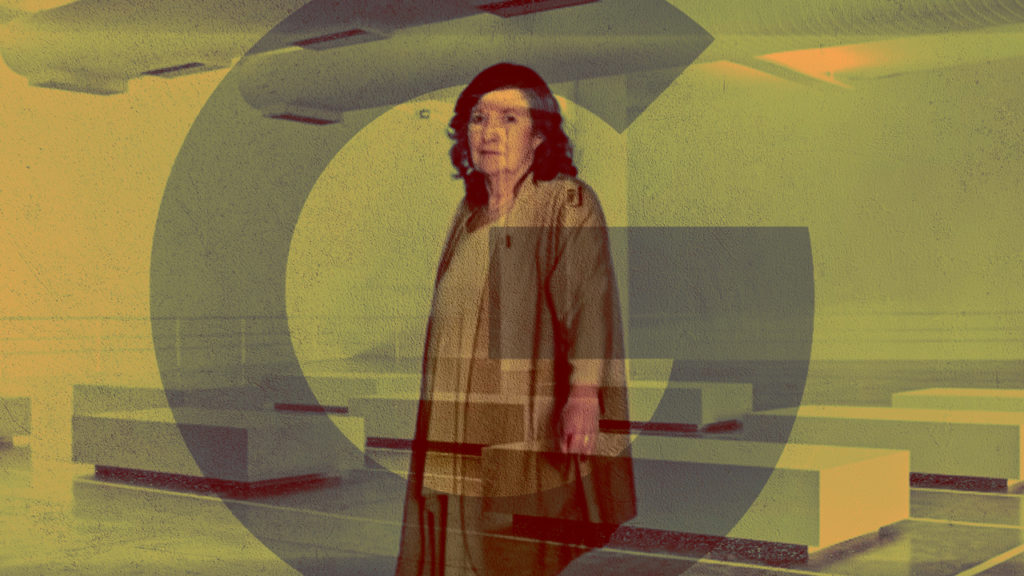Google is launching a digital museum called The Offside Museum that aims to crowdsource the undocumented history of women’s football from when the sport was banned between 1921-1979. The exhibit will live on Google’s Arts & Culture platform.
To promote the digital museum, Google created a video spot featuring first-ever female referee Léa Campos, who was arrested 15 times during the women’s soccer prohibition. The spot gives a virtual tour of the digital museum with narration by Campos:
“They said women don’t know what offside is, but this is the rule applied to us off the pitch in many ways. For playing football, we were judged, condemned even. And yet we kept playing. Yes, we know what offside is. And if this part of history still remains untold, it’s time to tell it,” Campos says.
The spot concludes with Campos holding one hand straight in the air, as to mimic an older photo of her as a referee in 1967.
The Offside Museum was created after Google noticed an insufficient amount of information on the history of women’s soccer. The sport was banned in various countries including Brazil, the UK, Germany and France due to a widely-held belief that soccer would masculinize women and cause infertility.
Starting May 30, anyone can digitally submit information, stories and photos to The Offside Museum. Google will unveil the massive crowdsourcing initiative on June 24, the month of the FIFA Women’s World Cup, with a complementary out-of-home (OOH) campaign, as well as via print and social.
Meant to inspire new generations, Google’s Offside campaign fuses a purpose-driven content with user-generated content. When used correctly, crowdsourcing can lead to lower ad costs and a higher quality of content. Colgate Speed Stick, for example, utilized crowdsourcing to create a Super Bowl ad for $17,000, compared with the nine-figure price tag associated with traditional agencies, as Deloitte reported.
No stranger to emotional storytelling, Google made an impact on Super Bowl viewers in a tearjerker of a video spot that inspired the highest emotional engagement, according to Ipsos.
Harvard Business School professor Gerald Zaltman says that the subconscious influences 95 percent of consumers’ purchase decision making. The surefire way to tap the subconscious? Raw storytelling.
Brands can also expect higher engagement on content that exhibits a particular stance on a social issue. As Pixability CEO Bettina Hein reported on Think With Google, her research found that among the top 100 brands, cause-related ads on YouTube have increased four times over the past five years. Among those top videos were those rooted in messages promoting women’s equality. Not only are purpose-driven ads growing, Hein says, but so are the engagement rates they receive compared to non-purpose-driven ads.

